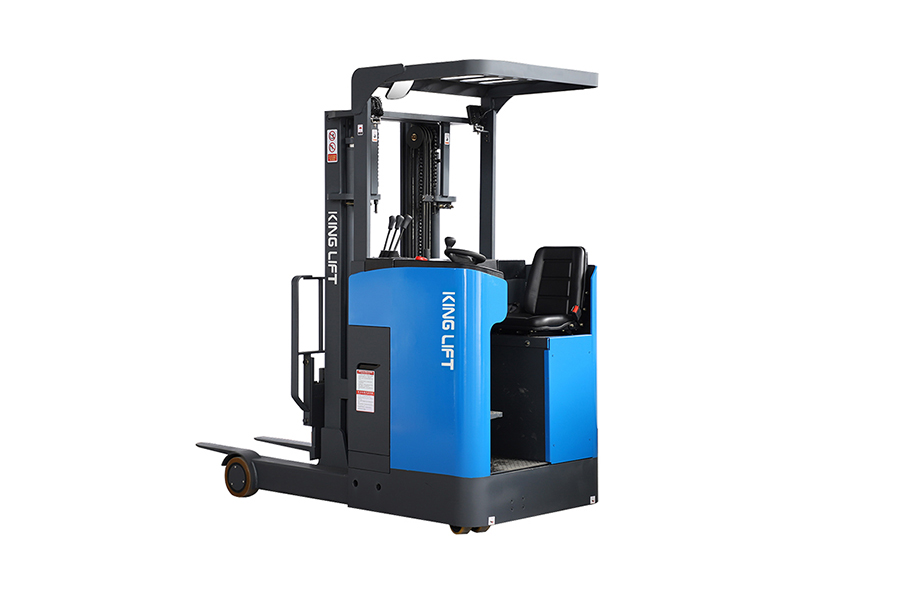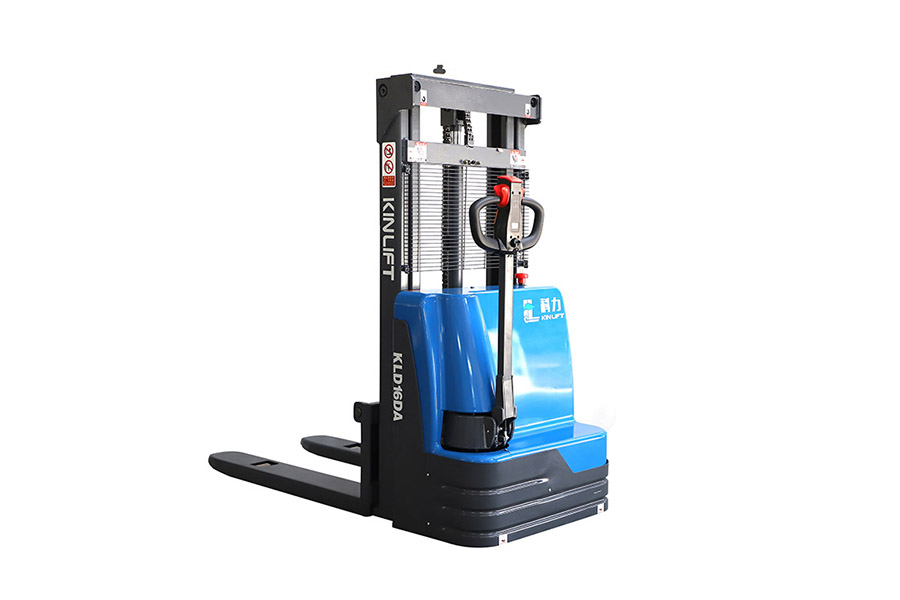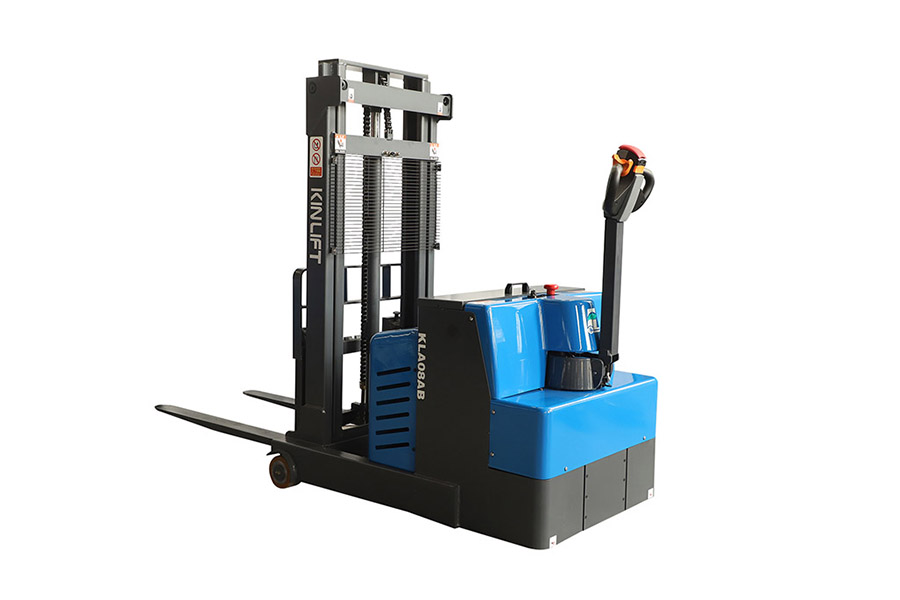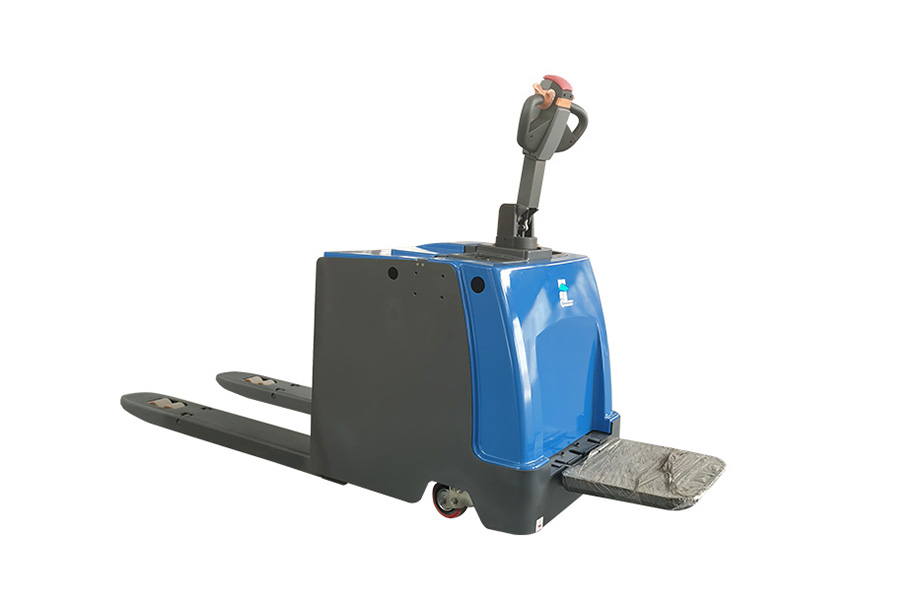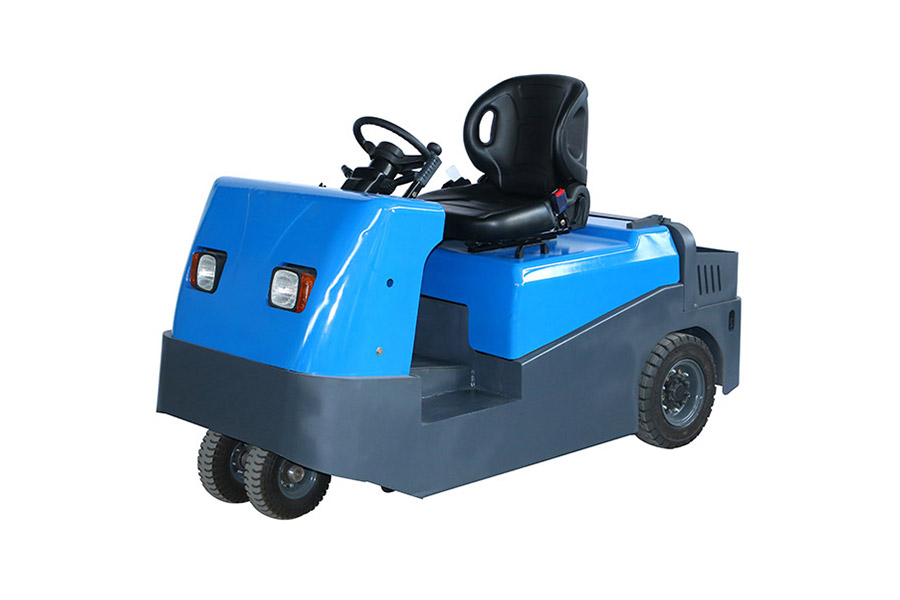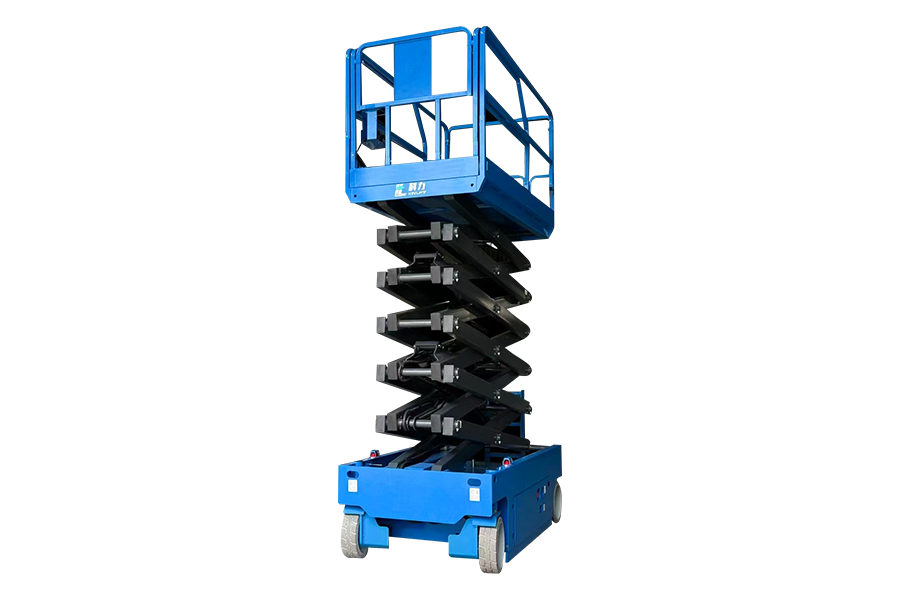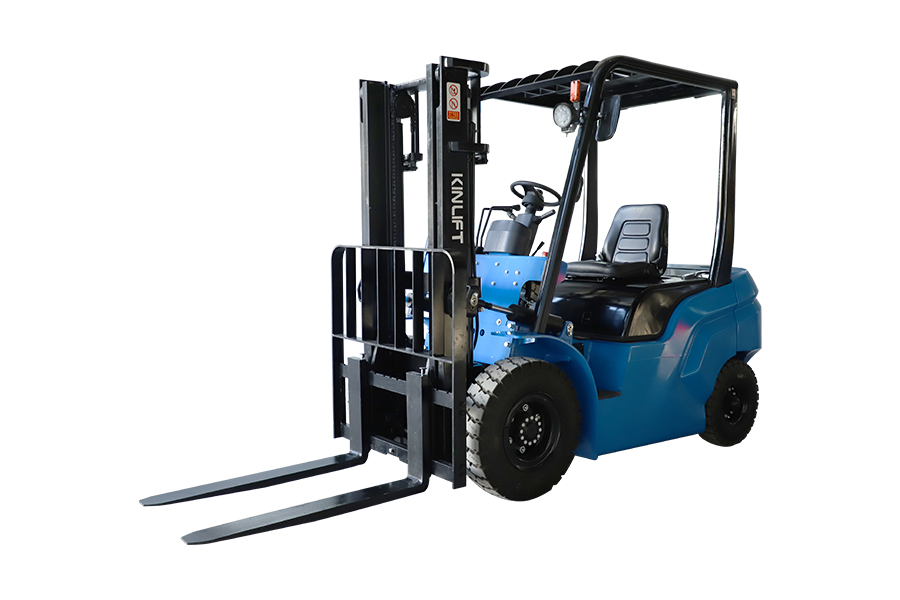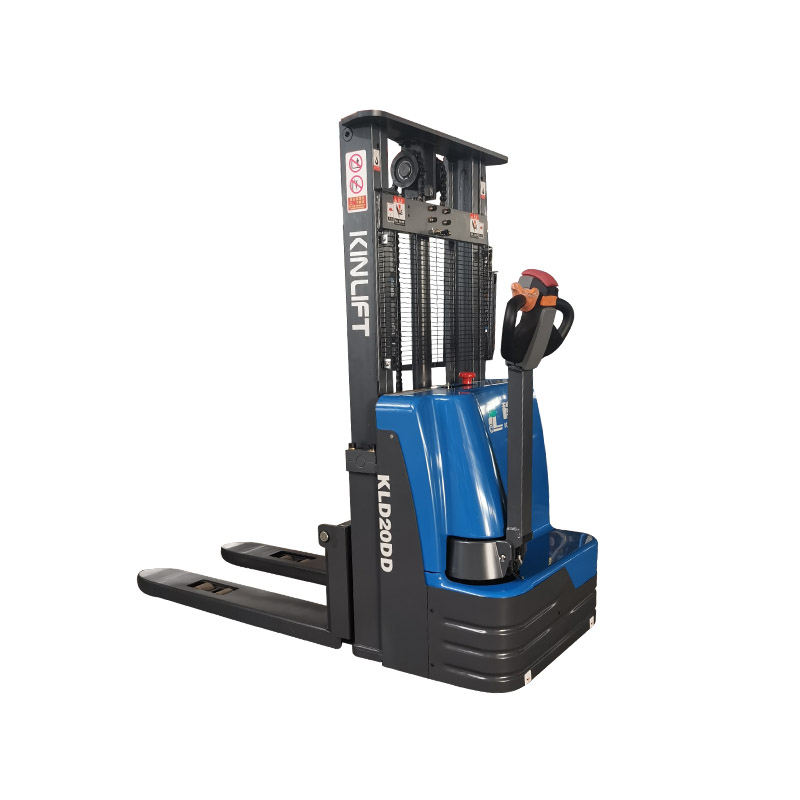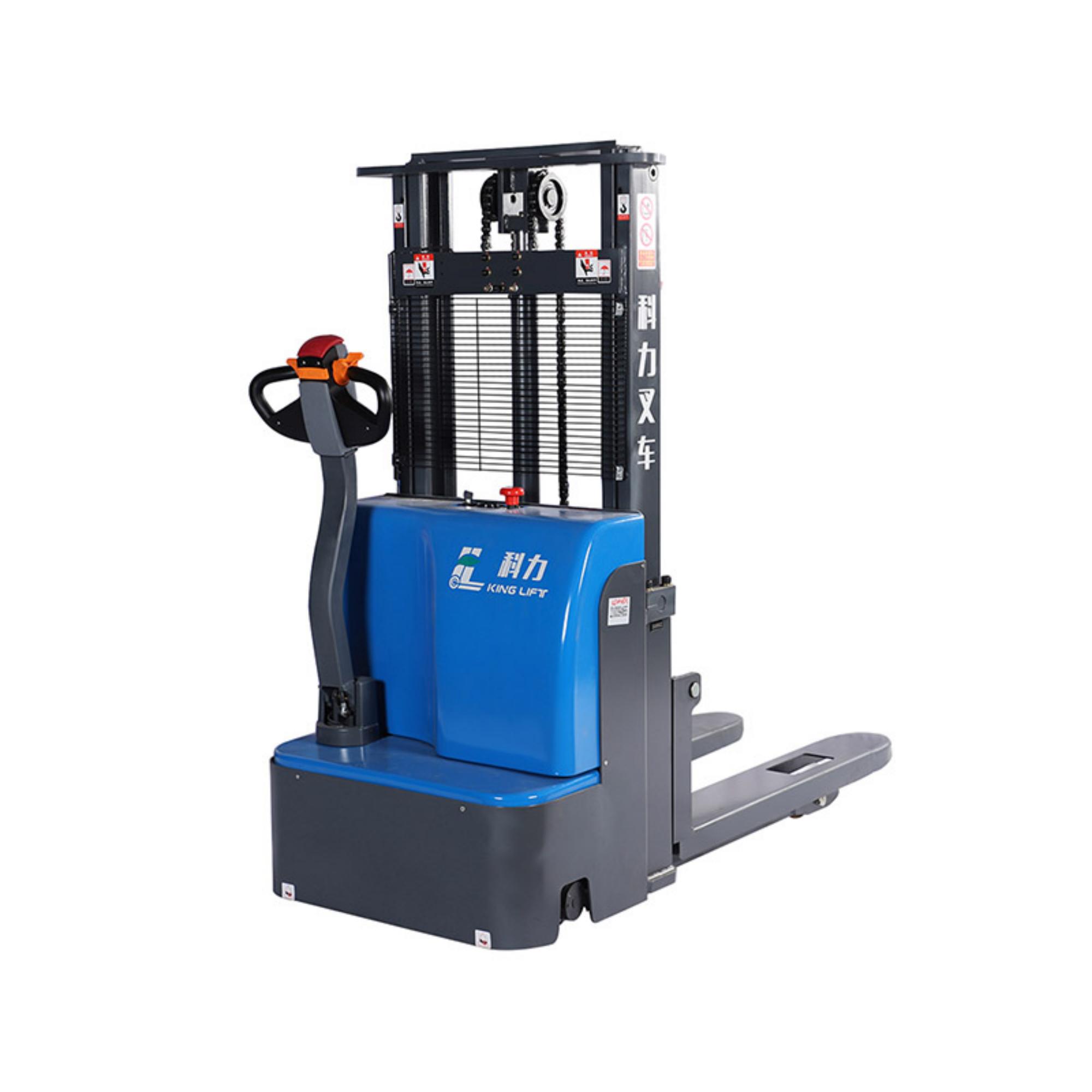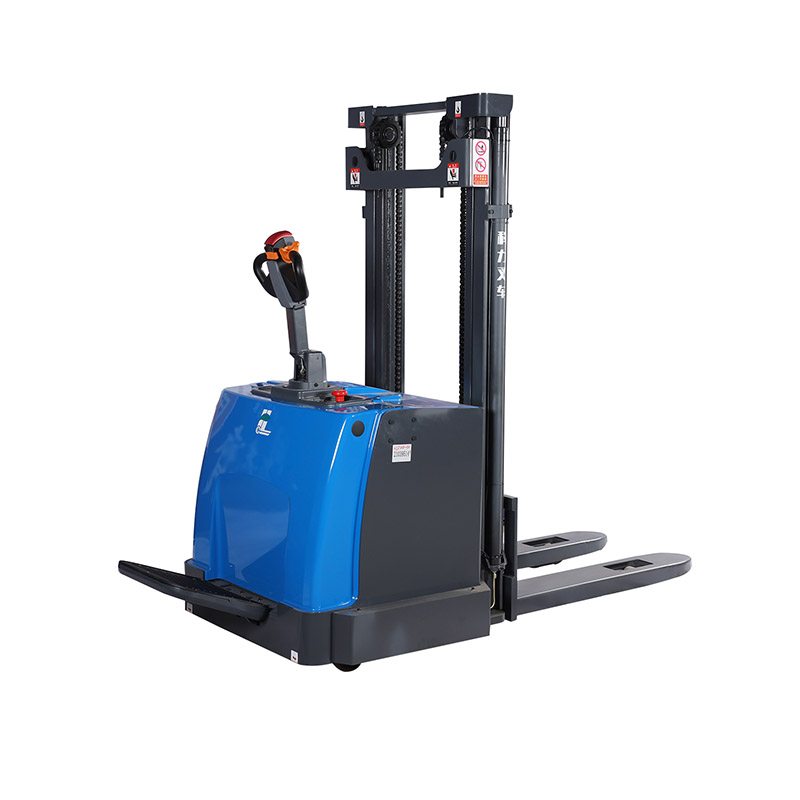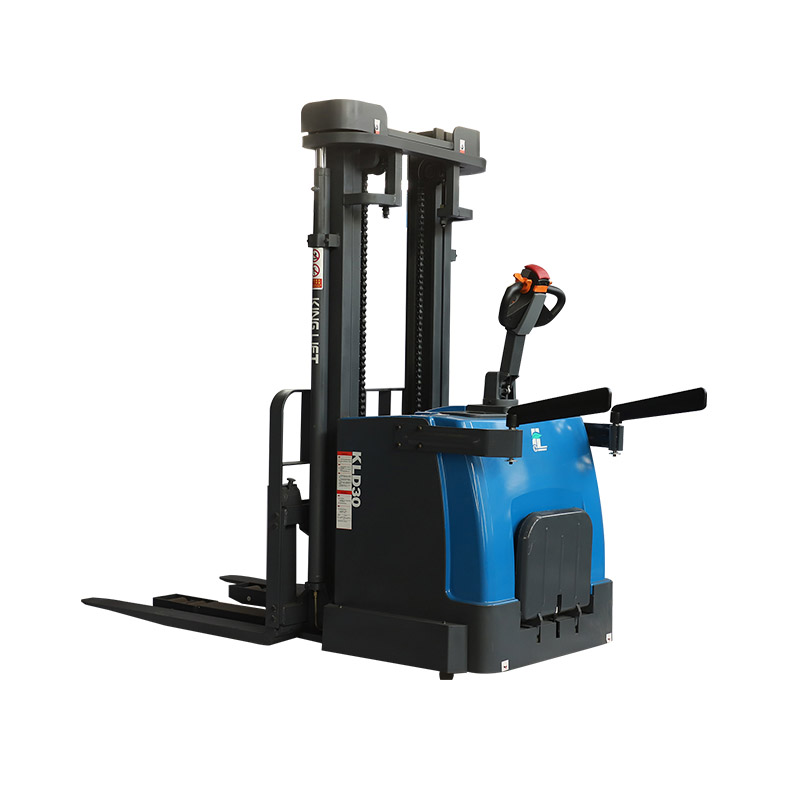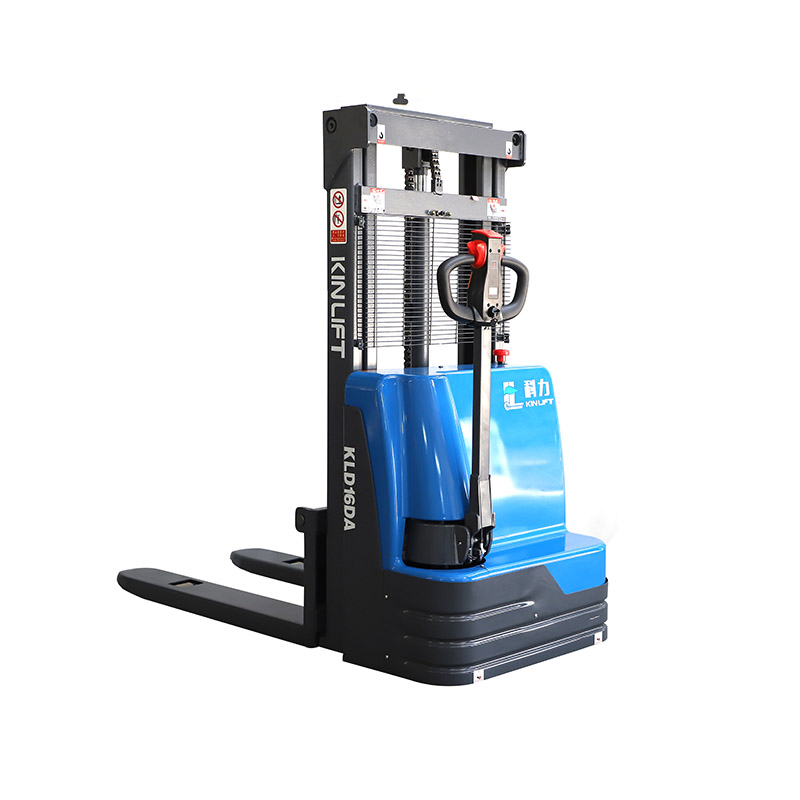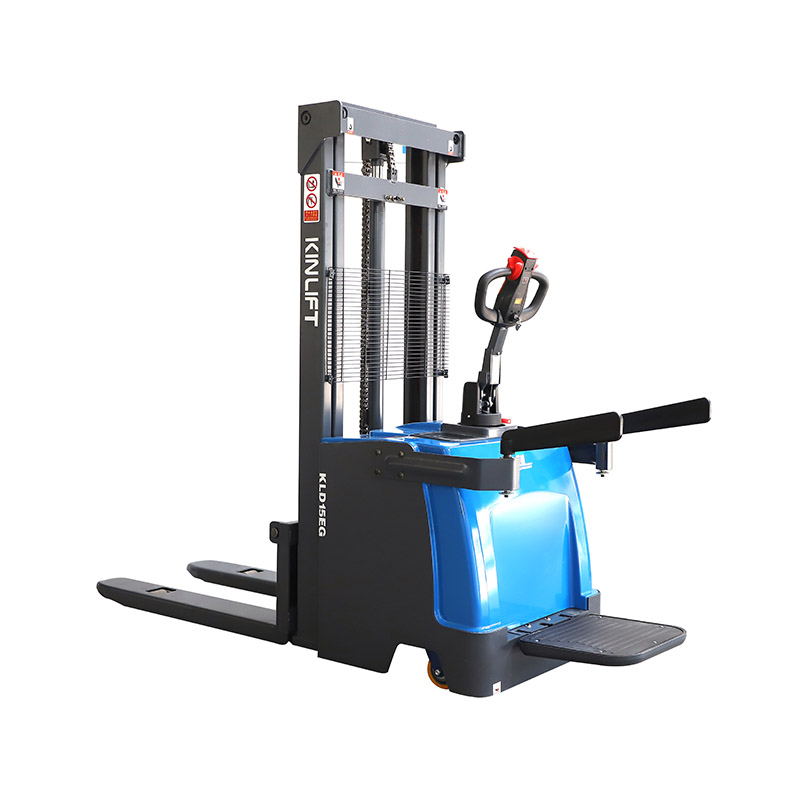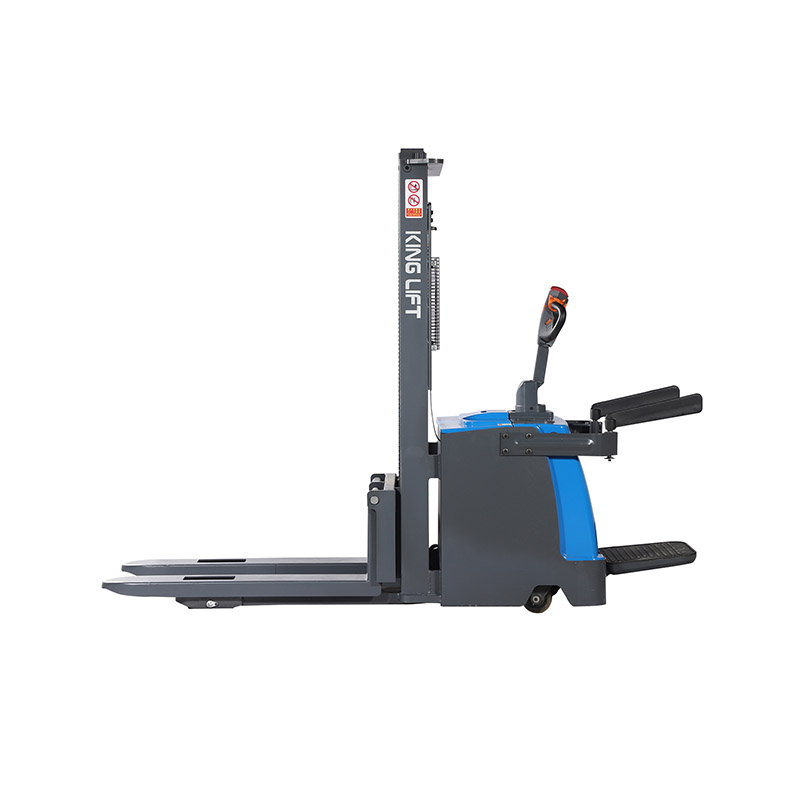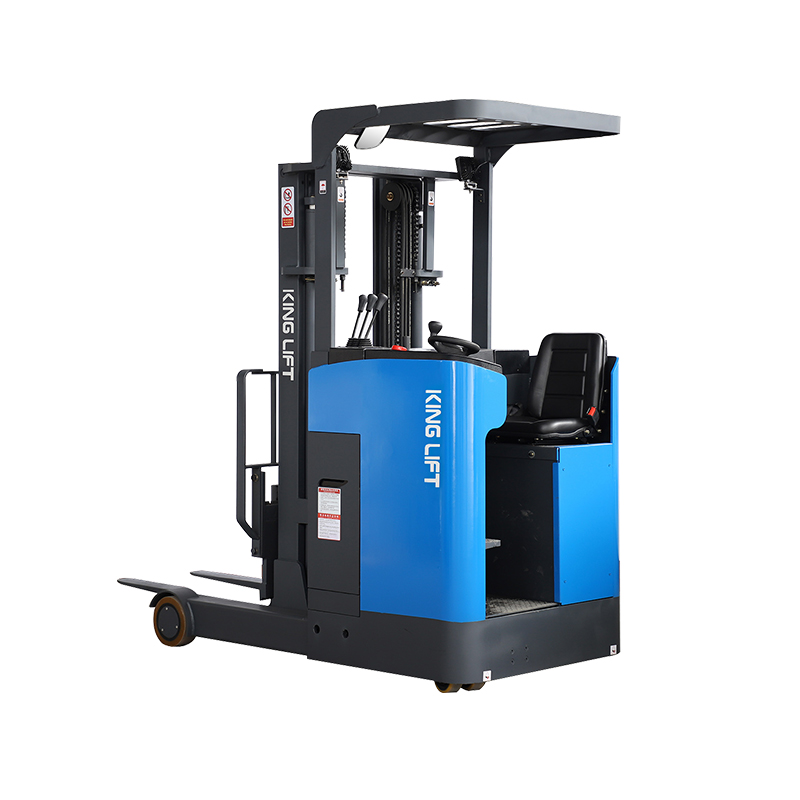Home / News / Industry News / Electric Counterbalanced Forklifts: Who would say no to an efficient and environmentally friendly solution?
With the continuous development of the global economy and the acceleration of urbanization, the logistics industry, as the link between production and consumption, is playing an increasingly important role. In this context, electric counterbalanced forklifts, as one of the key equipment in modern logistics, have many advantages and provide efficient and environmentally friendly solutions for logistics transportation.
Electric counterbalanced forklifts are driven by electricity and powered by batteries. Compared with traditional internal combustion engine forklifts, they have higher energy efficiency. This electric drive system not only reduces operating costs, but also effectively reduces dependence on non-renewable energy sources, thus saving energy resources. Powered by batteries, electric counterbalanced forklifts can complete transportation tasks without producing tail gas emissions, while also reducing noise pollution, complying with the requirements of modern urban environmental protection, and providing a more environmentally friendly and sustainable solution for urban logistics.
In the current context of increasing global environmental protection, the environmental protection characteristics of electric counterbalanced forklifts have attracted much attention. Compared with traditional internal combustion engine forklifts, electric counterbalanced forklifts do not produce exhaust emissions, reducing air pollution and helping to improve urban environmental quality. In addition, because they are powered by batteries, electric counterbalanced forklifts can also reduce noise pollution and provide urban residents with a quieter living environment.
The operation of electric counterbalanced forklifts is relatively simple, and operators can get started with simple training. Its electric drive system makes the operation smoother, reduces the probability of accidents, and improves operating safety. In addition, electric counterbalanced forklifts are usually equipped with advanced safety technologies, such as anti-collision systems and intelligent braking systems, which further ensure the safety of operators and equipment.
Electric counterbalanced forklifts are suitable for a variety of scenarios and working environments. Since it does not produce exhaust emissions and noise, it can be used flexibly in indoor and outdoor environments and is suitable for various scenarios such as urban logistics centers, warehousing centers, and factory production lines. At the same time, the design and structure of the electric counterbalanced forklift is flexible and can be customized according to different work needs to meet the specific needs of different industries.
The efficiency of electric counterbalanced forklifts is one of their biggest advantages. The use of an electric drive system can provide more stable and reliable power output, thereby enabling rapid loading, unloading and transportation of goods. In addition, electric counterbalanced forklifts are usually equipped with advanced control systems and operating auxiliary equipment, such as automatic navigation systems and high-precision positioning systems, which can improve operating efficiency and reduce operating costs.
Electric counterbalanced forklifts have become a green weapon in the modern logistics industry due to their many advantages such as high efficiency and energy saving, environmental protection and sustainability, easy and safe operation, flexible applicability and improved operating efficiency. With the continuous innovation of technology and the continuous expansion of application scenarios, electric counterbalanced forklifts will play an increasingly important role in the future, providing more reliable and efficient solutions for logistics transportation and promoting the sustainable development of the logistics industry.


 English
English русский
русский